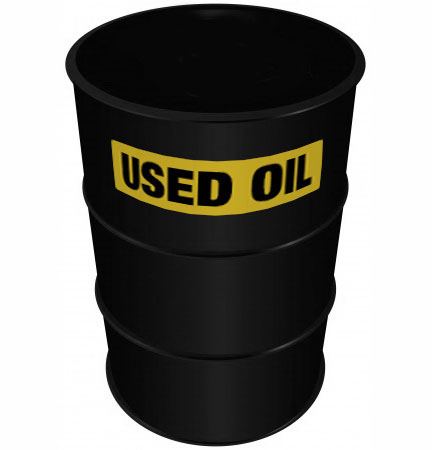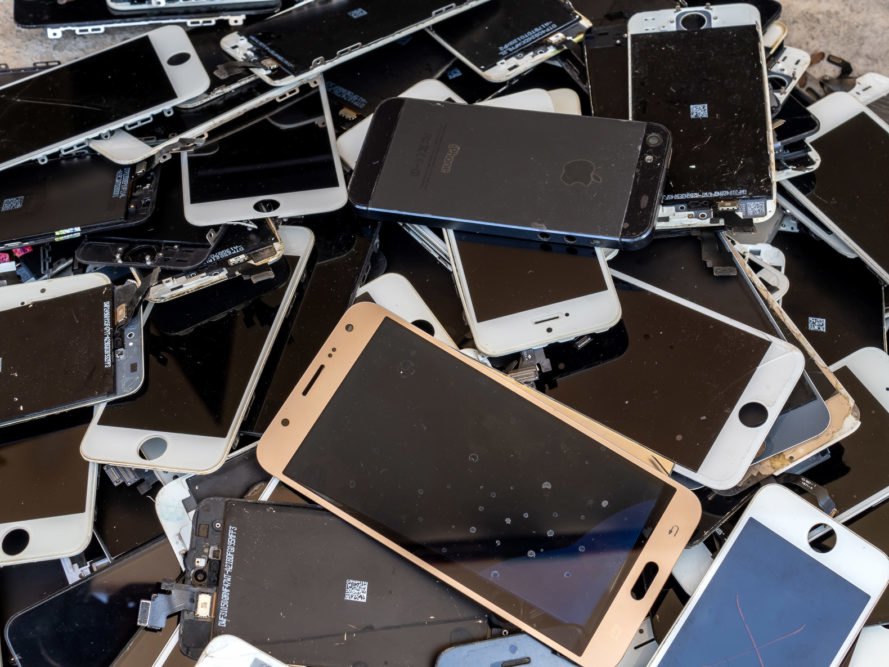The life of your oil-based lubricant does not end when it is time for a change. In fact, after draining a used lubricant, the oil will begin a new lifecycle thanks to advancements in recycling and recovery technology. 800 million of the 1.3 billion gallons of waste oil produced in the United States is recycled every year. To increase the amount of recyclable oil, manufacturers must collect and disposed of used and waste oil in safe, sustainable, and environmentally way. To achieve this, it is essential to follow best practices for used and waste oil management. However, there are key differences between “used oil” and “waste oil.”
Used Oil Defined
“Used oil” and “waste oil” are often used interchangeably, but the EPA defines them differently. The EPA defines used oil as:
“Used oil is any oil that has been refined from crude oil or any synthetic oil that has been used and as a result of such use is contaminated by physical or chemical impurities.”
This does not include any vegetable or animal-based oils. Simply, this is any petroleum or synthetic oil that has been used in operations and have reached the end of its service life.
Waste Oil Defined
Waste oil is much broader in its definition. Waste oil is “oil that has been contaminated with substances that may or may not be hazardous.” A lot of waste oil has not been used and was contaminated before use. A common example is a loose drum cap leaked and the oil mixed with water, rendering it unsuitable for use in lubrication.
Waste oil is considered a hazardous waste. In terms of regulations and compliance, that makes it a completely different product than “used oil.” That brings more liabilities and procedures needed to ensure it is handled properly. Additionally, used oil with certain additive mixtures and water can be classified as waste oil. Off-spec oils with exceeding amounts of arsenic (5 ppm), cadmium (2 ppm), chromium (10 ppm), lead (100 ppm) and halogens (> 4000 ppm) and a flash point above 100 F will also qualify as waste oil.
Best Practices for Storage and Removal
Even though the contents of waste oil may be similar to used oil, it is still classified as waste oil due to the method in which contamination occurred. Used oil is a by-product of doing business, thus allowable to be stored onsite. One mandatory practice for used oil is labelling the storage tanks correctly. Used oil tanks, drums, totes, containers, etc. must be labelled “Used Oil” in order to be in compliance with environment regulations.
By ensuring not cross-contamination, clearly label containers for waste oil and used oil. This prevents potentially spoiling non-hazardous used oil. Waste oil and used oil may be contain similar content mixes, but whether it is used makes all the difference. If an open or leaking drum is contaminated, it is considered waste oil as the contaminant is not known and not incurred during the course of operations.
One way to avoid accumulation of waste oil is ensuring storage best practices are maintained and the integrity of your drums and totes is maintained. If you store your oil near chemicals and solvents, potentially hazardous contamination can occur and proper waste oil procedures must take place. To save on handling costs of waste oil, consider a lubricant storage program and dedicate space for lubricants away from already-hazardous materials.
Learning from your Used Oil
Before dumping your used oil, it is advised to take a sample of the used oil and used oil filters. You can test the used oil and learn a lot about contamination and oil life. This can be a key part of your oil analysis program and help extend your service life and improve lubrication-related decision making and handling.
Key Takeaways
Proper planning and storage of unused lubricant will reduce the accumulation and likelihood of waste oil. Clearly labelling “Used Oil” and “Waste Oil” tanks will keep your facility in compliance and ensure used oil is not contaminated with hazardous materials. By using certified haulers, like Gemini Disposal Services, and recyclers more oil can be recycled and reduce harmful environmental activity like drilling and pipelines. For example, 1 gallon of used motor oil can provide the same 2.5 quarts of lubricating oil as 42 gallons of crude oil.



